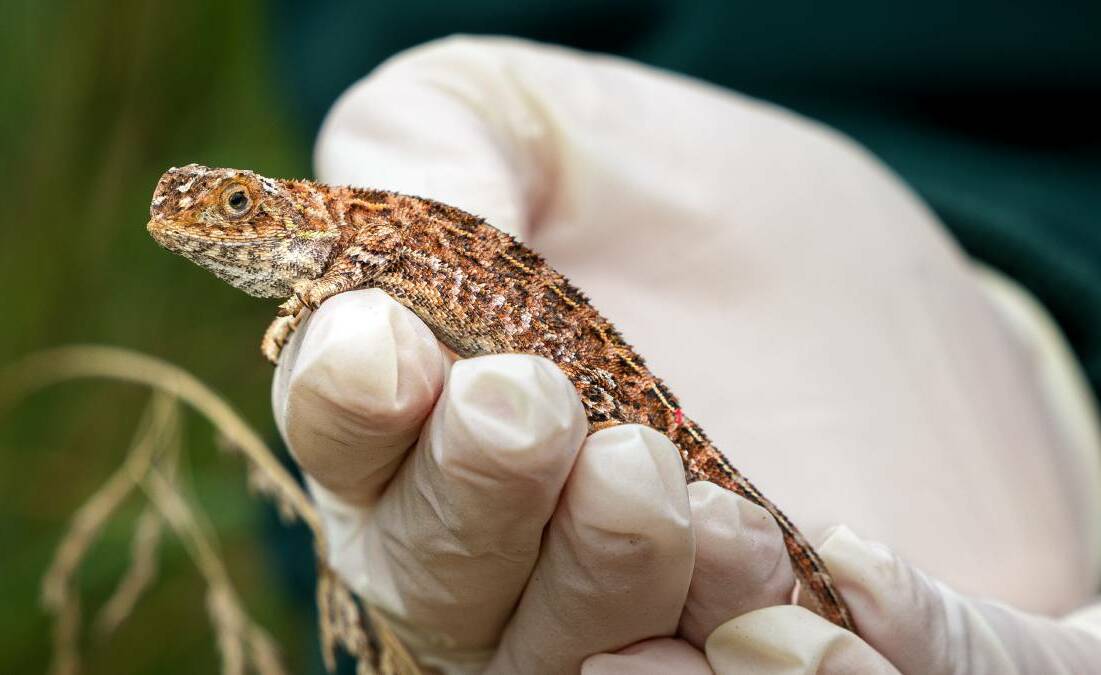In the past two years since the state environment report was released, new research by Conservation Volunteers Australia has revealed 150 species have been added to the Commonwealth Threatened Species List.
The state environment report is released every five years and between 2011 and 2021, 130 species were added to the list.
Conservation Volunteers CEO Phil Harrison said 150 species being added to the threatened species list in the past two years compared to 130 between 2011 and 2021 was not a surprise.
Some of the species added to the endangered species list include the Dungowan Starbush, Australian Sea-lion and the Elegant Frog.
He said the major cause of the increase in the past two years was the 2019/20 bushfire season which killed as many as one billion native animals and burnt 10.3 million hectares of native bush land.

Federal Environment Minister Tanya Plibersek recently linked "almost all" recent threatened species to the fires.
However, Mr Harrison questioned whether governments were adequately prepared to prevent a repeat in the 2023/24 bushfire season which is facing a "triple threat" of disaster, housing and climate challenges.
He said a practical example is the Federal Government's decision to quietly axe the nation's natural disaster volunteer portal - a 'mud army' for the recovery and resilience of native wildlife and their habitats. Mr Harrison said he would like to see the funding for the volunteer portal reinstated, especially on the cusp of what is bound to be very difficult season for threatened species.
"The future of Australia's threatened species continues to get worse, not better. This is backed by our finding the share of species now listed as critically endangered - the last step before extinction - has doubled the past decade," Mr Harrison said.
Mr Harrison said about half of threatened species also lived in urban areas, alongside 96 per cent of the population.
"As our need for more urban homes grows, so do theirs. As little as 1 metre x 1 metre (1m2) in an unused corner of backyard or balcony could help fill critical missing links in urban wildlife habitat immediately.
"One-by-one we can all make a difference in our own backyards - and the world around us."
In the ACT, several species have been added to the Commonwealth threatened species list. The Canberra grassland earless dragon is now considered critically endangered, and the gang-gang cockatoo, mountain skink, southern greater glider, koala and the Key's matchstick grasshopper are endangered.
The Canberra Grassland earless dragon was listed as "critically endangered" under the Environment Protection and Biodiversity Conservation Act, in June of this year. Monitoring is ongoing at nine sites. In 2021, Canberra Dragons were found at just two sites.
Conservation Council executive director Elle Lawless said the biggest threat to wildlife species in the ACT was urban development.
She said if Canberra's urban footprint continued to extend into species habitats like the earless dragon they would face extinction.
"The bush isn't able to regenerate in the same way and native trees that have hollows take 100 to 150 years to form and many species like the gang-gang cockatoo rely on them to breed," Ms Lawless said.
"If you keep destroying their habitats they have no where to nest and they're going to go extinct," she said.







